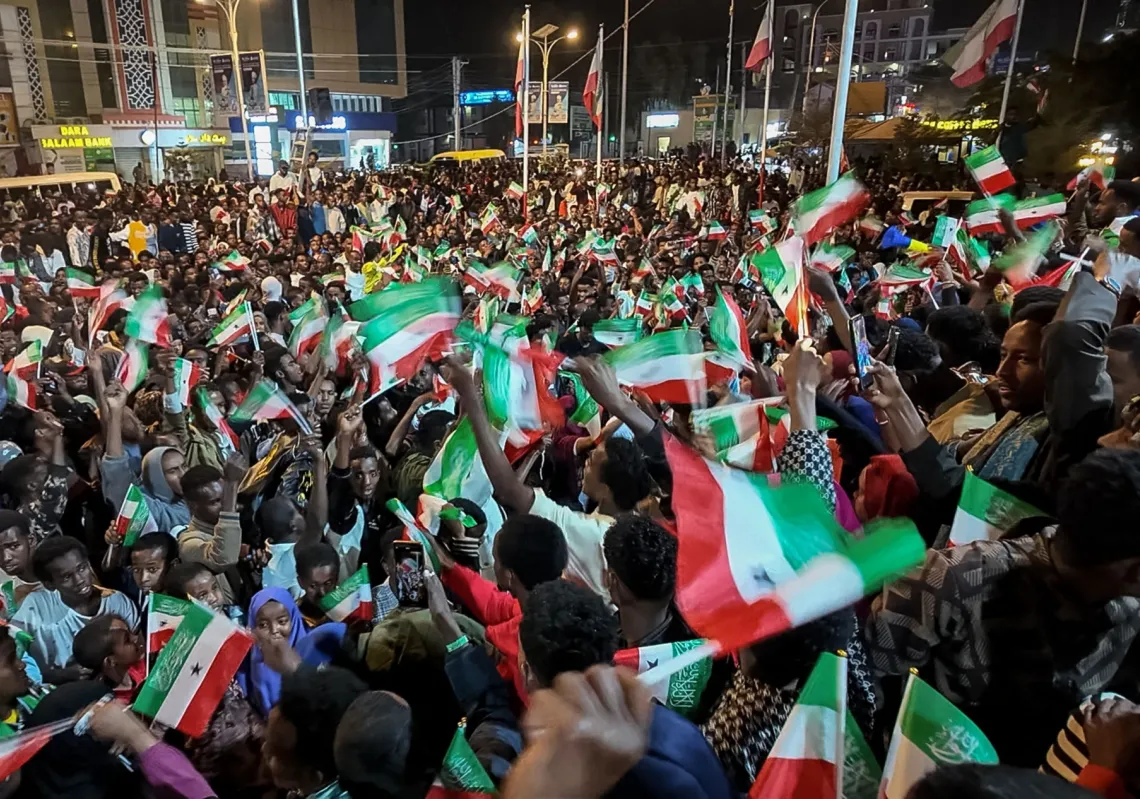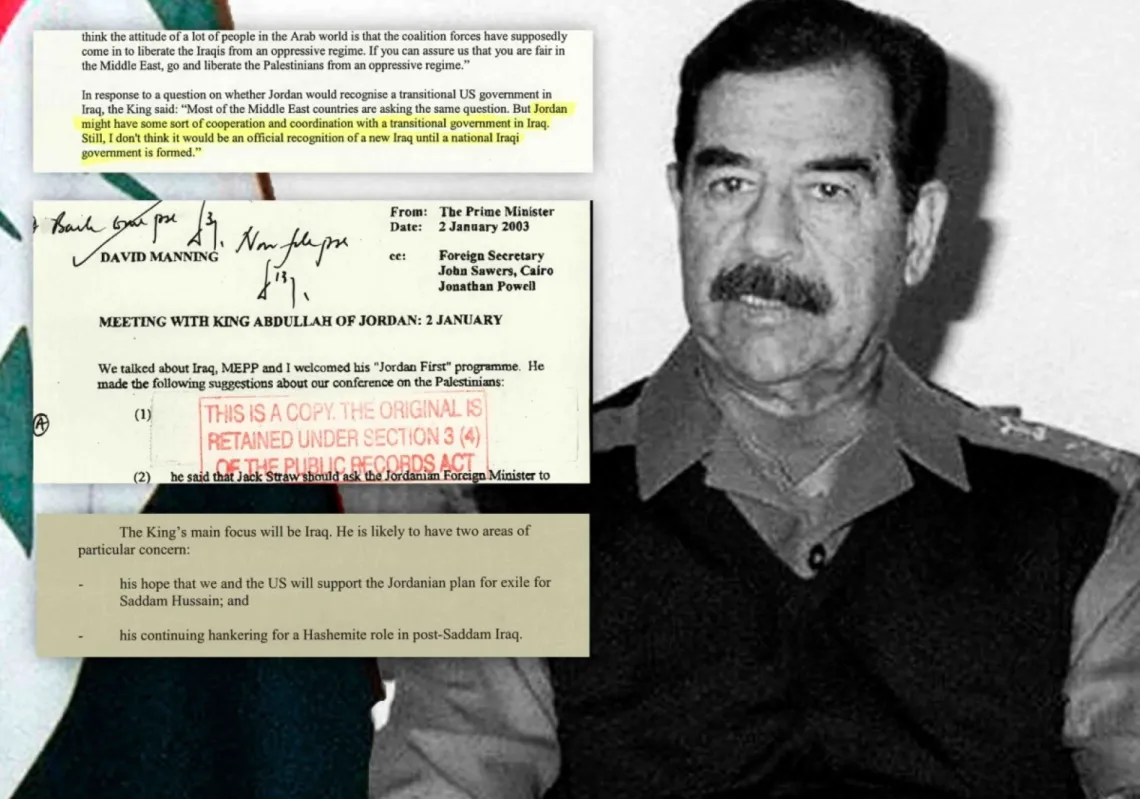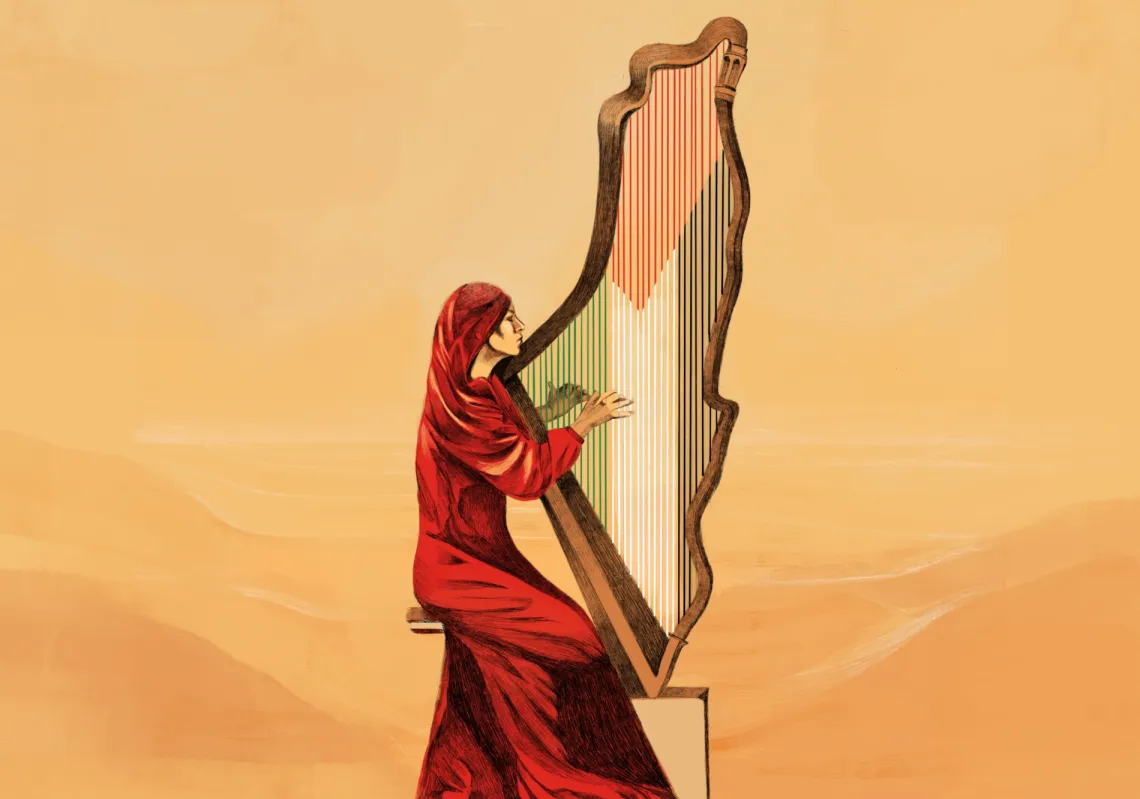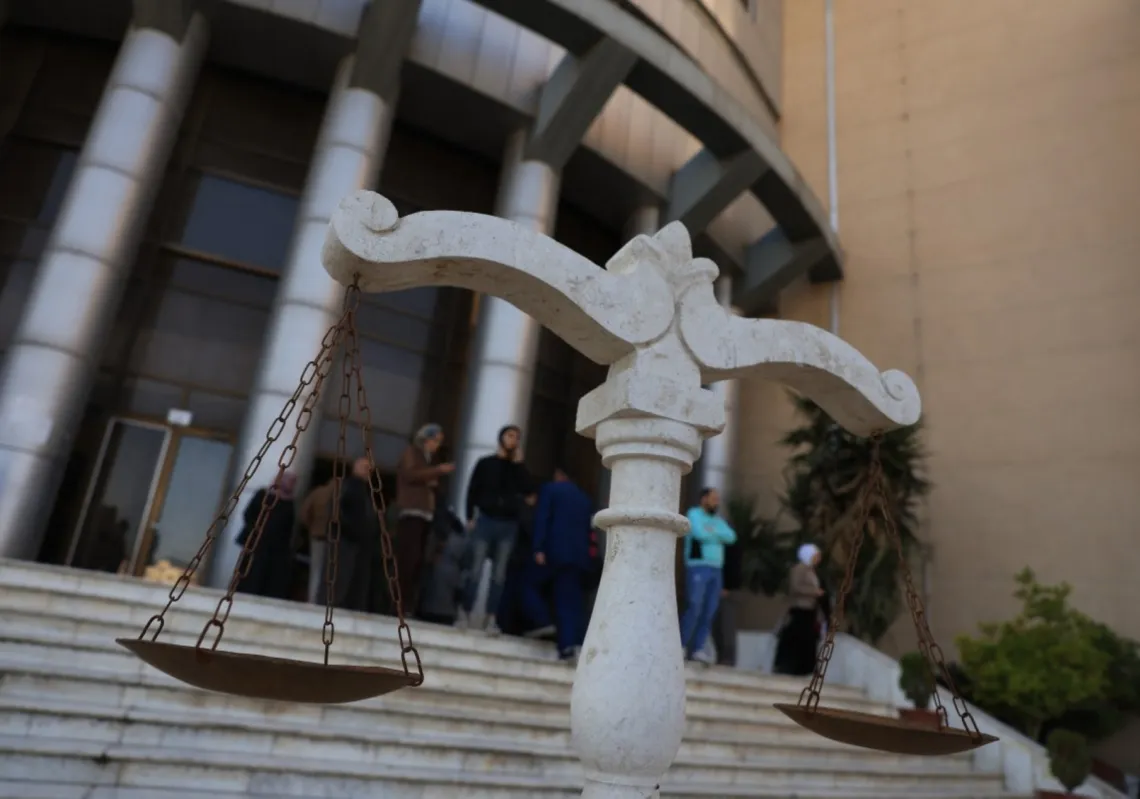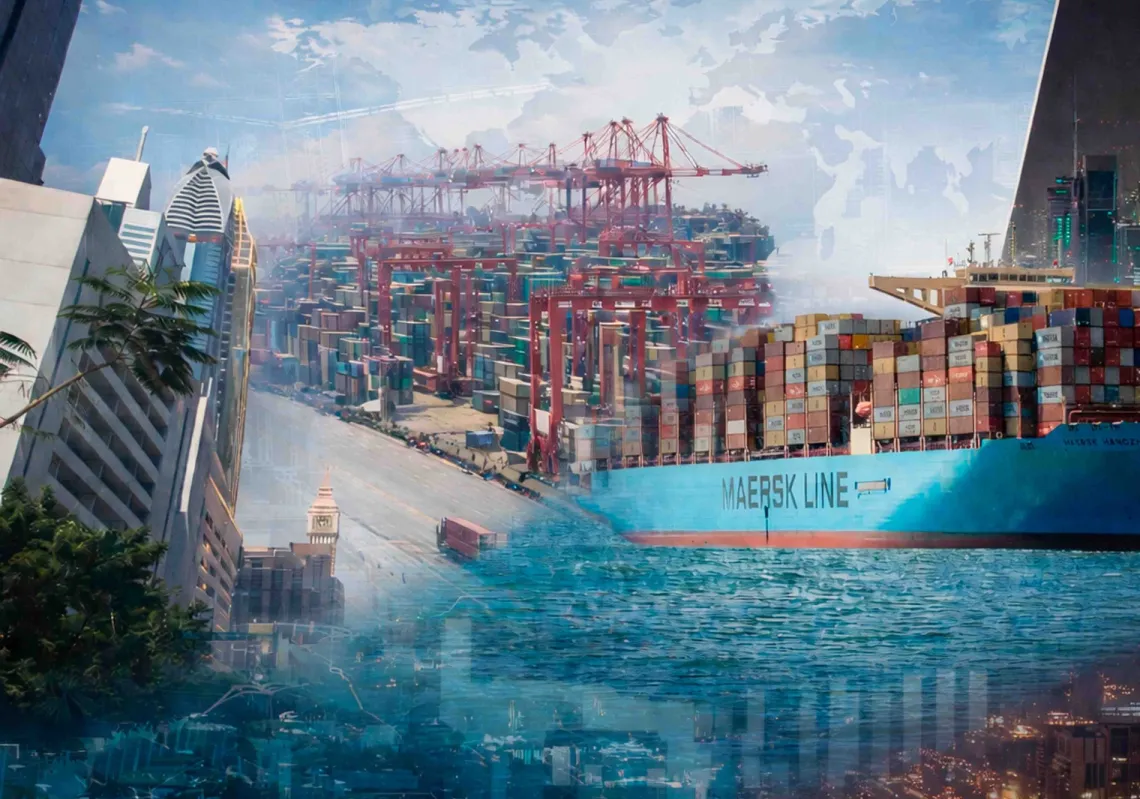Times are changing in Oman — a country with one of the most significant strategic locations in the Middle East.
The country is located in the southeast of the Arabian peninsula and is a gateway between the Arabian Gulf and the Arabian Sea. It also extends to southern Yemen and the coast of East Africa.
This has given the country an exciting history — one that can be traced back further, more or less, than anywhere else in the world. As well as having a long and storied past, Oman has ambitious plans for its modernised view of its place in the world, shaped by reforms which began over 50 years during the rule of Sultan Qaboos bin Said.
But the country’s story goes back much further than that.
Ancient history of economic activity
Omani artefacts from as long ago as the 8th millennium BC, range from hunting weapons to images of humans and wild animals, as well as skeletal remains.
A number of ancient human settlements have also been identified, including the settlement of Al-Wutayyah in Muscat.

Then, as now, Oman’s location makes for easy links with the countries and islands of East Africa, India, Iran, and Iraq. The archaeological discoveries confirmed the existence of economic activity, including trade relations between it and a number of other ancient countries and civilisations, via land routes linking it with Mesopotamia.
Oman on the mappic.twitter.com/lrzupiRKry
— Sultan (@soli2022) December 12, 2018
With the country looking for a bold future, Al Majalla reviews Oman’s story and looks at where the next chapters might take it.
From Persian occupation to renaissance
The Persian Empire dominated Oman from the 6th century BC until the arrival of Islam, which was one of the most notable periods in the sultanate’s history.
Then, in 751, the population developed an administrative system in which clerics were chosen to rule the regions as spiritual leaders. In 1159, the Bani Nabhan tribe was able to establish a hereditary system of government that lasted until 1429.
At the beginning of the 16th century, Muscat was taken over by the Portuguese, who ran it until it was liberated by Imam Sultan bin Saif in 1650.
Oman became an independent country and concluded a treaty with Britain in 1798 after the first sultanate was established in 1775. Sultan Said bin Sultan relied on British support after signing the treaty, expanding into East Africa where Omani rule reached Mombasa, Mogadishu, and Zanzibar.









